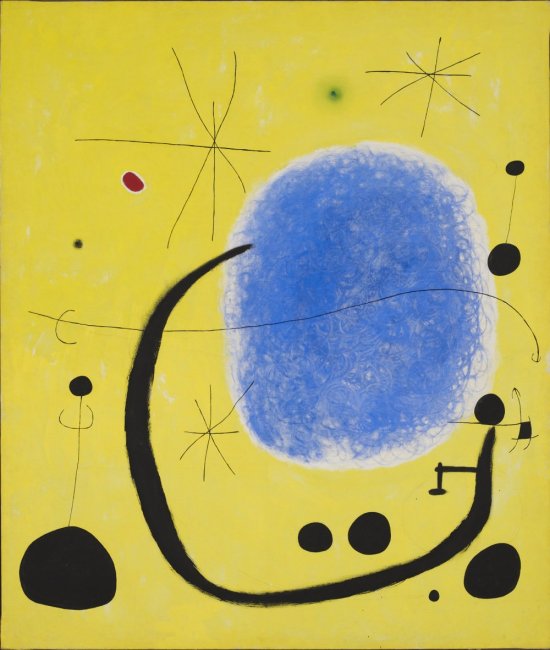Joan Miró and the script of things


One of Joan Miró’s main wishes was to free Western art from the mimetic depiction of reality and to restore to it the sacred character it had had at the dawn of civilisation. This led him to eliminate from his work pictorial devices such as scale, perspective and chiaroscuro and instead to give drawing a pre-eminent role. Nevertheless, it was not until the Spanish Civil War that Miró established, in response to an urge to escape from the tragic situation of the times, a language of signs and symbols of his own that would distinguish him from other artists of the twentieth century.
’It’s like a kind of secret language, made up of formulae of spells, and which predates words, time or what humans imagined, sensed, was truer, more real than what they could see, was their sole reality.’
Based on a selection of works from the collection of the Fundació Joan Miró, the exhibition shows the evolution in Miró’s language, from the crystallisation of the sign and its representation as an ideogram to the creation of large figures of mythical appearance, the result of the individualisation and enlargement of his own symbols. In his final years, this vocabulary of Miró’s, made up of women, sexes, birds, ladders, stars and constellations, coexisted alongside a brutal and forthright gesture that demonstrates the artist’s urge to assert himself.

The gold of the azure, Joan Miró, 1967. Fundació Joan Miró, Barcelona. Successió Miró, 2023.